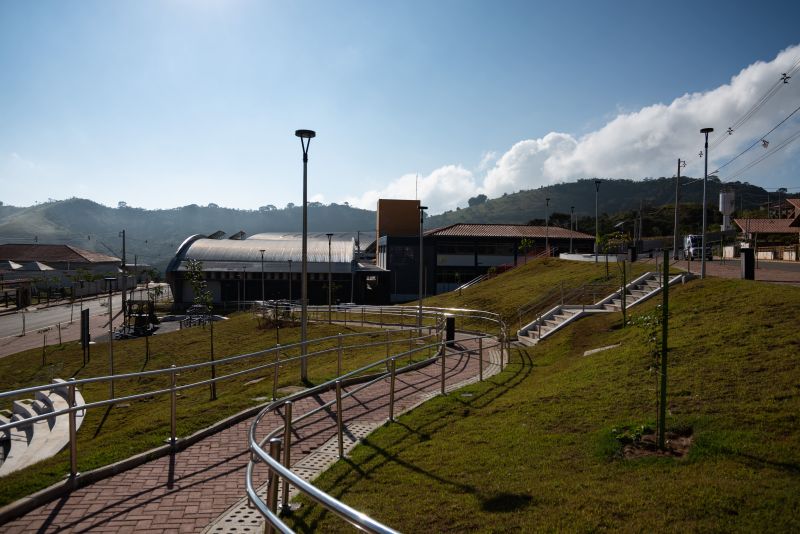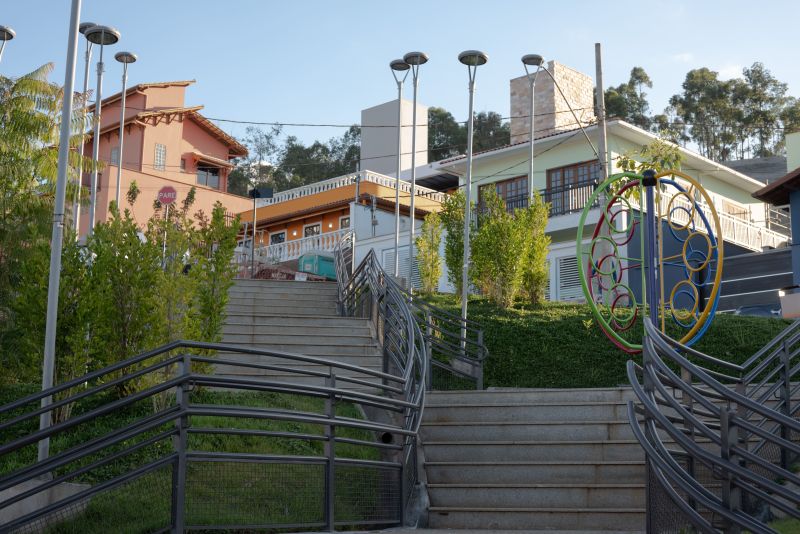In the wake of the catastrophic failure of the Mariana dam, the world has witnessed not only the profound scale of devastation but also the remarkable capacity for human compassion and resilience. The disaster, which unleashed a torrent of destruction across the surrounding communities, not only claimed lives but also displaced countless families, obliterating homes and livelihoods in an instant.
In the face of such overwhelming adversity, humanitarian responses have emerged as a lifeline for those affected. Local organizations, international agencies, and volunteers have rallied together, exemplifying the indomitable spirit of solidarity.
Through the coordinated efforts of various stakeholders, aid has poured in—food, medical supplies, and emotional support—each act of kindness weaving a fragile thread of hope in the chaos. Yet, amidst this tide of goodwill, profound questions linger about the effectiveness of our collective response: How can we ensure that help reaches those in desperate need? And what lessons can we learn to mitigate the human cost of future disasters? This article explores the multifaceted humanitarian response to the Mariana dam disaster, highlighting both the successes and the challenges that shaped this critical moment of human history.
Overview of the Mariana Dam Disaster

The Mariana Dam disaster, which unfolded on November 5, 2015, marked one of the most catastrophic environmental and humanitarian crises in recent history. Located in the state of Minas Gerais, Brazil, the collapse of the dam sent a torrent of toxic mud surging through the surrounding valleys, engulfing entire towns, obliterating homes, and claiming the lives of a number of individuals.
This tragic event not only wreaked havoc on the local communities but also devastated the ecosystem, poisoning rivers and contaminating water supplies vital to both human and wildlife populations. As the dust settled, the enormity of the aftermath revealed profound social and economic implications, with thousands displaced and left to grapple with the loss of their livelihoods.
In the wake of such calamity, the urgency for a coordinated humanitarian response became acutely apparent, prompting local and international agencies to mobilize resources swiftly, aiming to provide essential aid, rebuild fractured lives, and restore hope amidst the wreckage of despair.
Importance of a Humanitarian Response

A humanitarian response to the Mariana dam disaster is not merely a matter of aiding those affected; it is an imperative—one rooted in the fundamental principles of human dignity and communal solidarity. As floodwaters recede and the enormity of the devastation becomes clearer, the urgency to provide immediate relief takes center stage.
Food, clean water, medical supplies—these basic necessities serve as the lifeline for countless individuals grappling with loss and trauma. Yet, the importance of a humanitarian response extends beyond the immediate aftermath.
It involves mobilizing resources, fostering community resilience, and ensuring long-term recovery. In this context, fostering collaboration among local organizations, governmental bodies, and international aid agencies becomes essential, igniting a flame of hope in the darkest of times.
Such efforts not only address the pressing needs of the moment but also lay the groundwork for a more robust and equitable rebuilding process in the future, allowing affected communities to rise from the ashes and rebuild stronger than ever.
Scale of Environmental and Human Impact

The catastrophic failure of the Mariana dam unleashed a torrent of devastation, its ramifications rippling through both the environment and local communities in unforeseen ways. Thousands of lives were uprooted as homes were engulfed by the toxic deluge, while vital ecosystems—the lungs of the region—suffered irreparable harm.
Rich biodiversity, once teeming in lush wetlands and vibrant rivers, was choked by sediment and pollutants, leading to the slow death of fish populations and the collapse of local fisheries that sustained livelihoods for generations. As contaminated waters seeped into farmlands, the agricultural backbone of countless families faced imminent collapse, stoking fears of food shortages.
The psychological toll, heavy as it is invisible, weighs on a population grappling with loss and uncertainty. In this perfect storm of ecological and humanitarian crises, the urgency for humanitarian intervention surged, a beacon of hope amidst profound despair, as communities banded together to rebuild not only their lives but also their environment.
Conclusion
In conclusion, the humanitarian response to the Mariana dam disaster underscores the critical need for effective disaster management and community support in times of crisis. The coordinated efforts of various organizations, local governments, and volunteers played a vital role in providing immediate relief and long-term recovery for the affected communities.
Furthermore, initiatives such as Samarco reparação highlight the importance of accountability and commitment from corporations in addressing the aftermath of such disasters. As we reflect on the lessons learned from this tragedy, it is essential to strengthen disaster preparedness and foster resilient communities to mitigate the impact of future incidents, ensuring that the voices of those affected are heard and their needs met.


